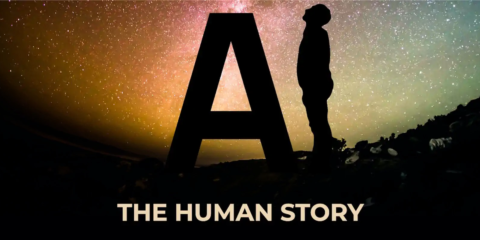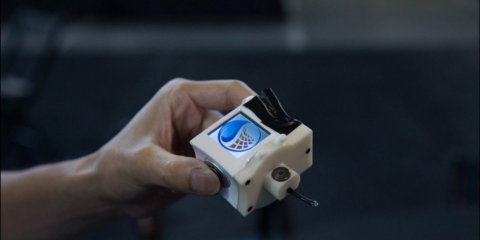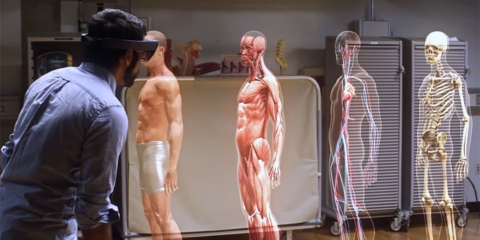Would you like to get notifications from Christian?
A new material has been identified by researchers that could lead to solar cells that are much thinner and lighter than those in use today. In a joint effort headed by Imperial College London, alongside researchers from Cambridge, UCL, Oxford, Helmholtz-Zentrum Berlin in Germany, and others have produced materials that can absorb similar levels of sunlight to conventional silicon solar cells but 10,000 times thinner. The material, where atoms are arranged in a certain way, can harvest sunlight using extremely thin layers. This makes it an ideal candidate for use in solar cells that must be transported to remote locations off-grid.
Solar cells are vital for the green energy transition. They can be used not only on rooftops and solar farms but also for powering autonomous vehicles, such as drones and planes. However, photovoltaic solar cells are currently heavy and bulky, making them difficult to transport to remote locations off-grid, where they are much needed.
What does this mean? The new green material could be used to create solar cells that are ultra-thin and ultralight, making them much easier to transport to remote locations. This would be a major breakthrough in the quest for sustainable energy solutions that can be used off-grid. Imagine a world where every piece of technology produces its energy— it would be more sustainable and environmentally friendly.
The researchers discovered how controlling the arrangement of atoms in a green material can allow it to harvest sunlight using extremely thin layers. This is a major breakthrough in solar cell technology, and the potential applications are endless.
The researchers are now working on optimizing the material so that it can be used to create solar cells that are even thinner and lighter than those currently in use. This could revolutionize the solar energy industry and help to make sustainable energy solutions more accessible to everyone.
What do you think?
Do you think solar energy is the way of the future? What other sustainable energy solutions do you think could be developed? Let us know in the comments below!
Author: Christian Kromme
First Appeared On: Disruptive Inspiration Daily
Christian is a futurist and trendwatcher who speaks about the impact of exponential technologies like AI on organizations, people, and talents. Christian tailors his presentations to your audience's specific industries and needs.



Our world is changing at an exponential rate! A big tidal wave of digital transformation and disruption is coming at us fast. Many organizations see this wave as a threat and experience stress, but there are also organizations that just see this wave as an opportunity.

Imagine sitting with just 10-15 fellow executives at a premier location, gaining clarity on the impact of AI on your industry while enjoying an exquisite dining experience. These are not just meetings—they are transformative moments that will shape the future of your organization



In the future, 3D printing and generative design will allow for products to be designed in a more decentralized manner, and production will take place closer to the customer and fully on-demand. 3D printing technology will also allow for more customization and personalization of products.


The agricultural industry is ripe for disruption. Robotics, AI, and IoT are all technologies that have the potential to radically transform the way we grow food. In combination with vertical farming, these technologies could increase the efficiency and quality of agricultural products.

A human-centered society is one that puts people first and where technology is used to unite and empower people. It is a society that values biological life and dignity above all else. It is a society that recognizes the importance of human relationships and works to strengthen them. In a human-centered society, all members of the community are valued and treated with respect.


The future of healthcare is here. New technologies like AI, IoT, big data, and smart sensors make it possible to become the CEO of your own health. Imagine that your phone can listen to your voice and AI algorithms can detect small nuances in the tone of your voice that indicate specific diseases.
